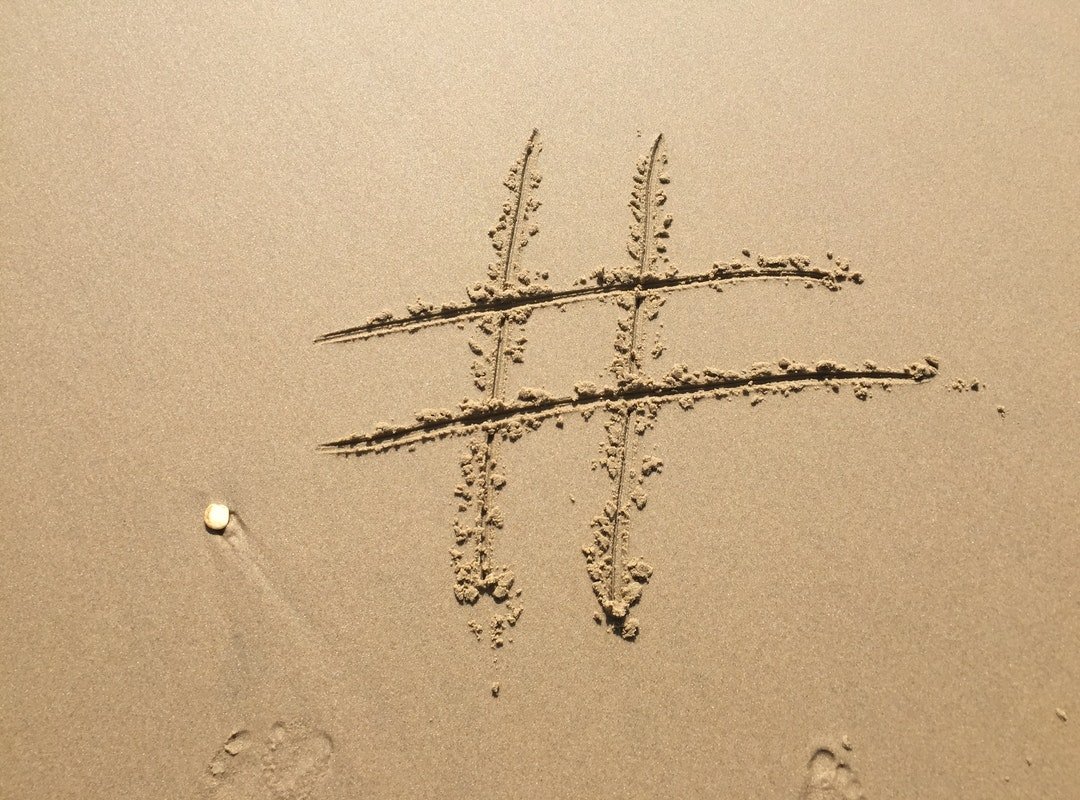Page loading speed is one of the factors that search engines consider when ranking web pages. And also, one of the TOP 7 TECHNICAL SEO PROBLEMS FACED BY MOST PROFESSIONALS. Lesser page loading time improves site quality and user experience. In fact, an improvement of a few milliseconds can dramatically increase conversions. A website taking a few extra seconds to load can have a huge impact on the engagement and sales. This blog lists a few advanced techniques to improve page speed.
A web page which takes more than three seconds to load is usually abandoned by visitors. You will lose around 40% of visitors if your website takes more than three seconds to load. A delay in webpage loading can lead to lesser page views, a decrease in customer satisfaction and approximately a 5% loss in conversions. Optimising the loading speed of a website may seem intimidating and there’s always room for improvement. But continuous efforts can bring in great results. Mentioned below are some ways to reduce website loading time:

1. Use of CDN is one of the techniques to improve page speed
Hosting media files on a content delivery network is one of the best advanced techniques to improve page speed. A CDN hosts files across a number of servers around the world. This reduces the load on a single server and protects websites from DDoS attacks. By using content delivery networks you can save bandwidth and reduce the number of requests a website makes.

2. Rich media and script compression
Compress all your media as this reduces the size without compromising the quality of images. You can use a plugin to do this or compress images by using online compression tools. Another great way to reduce website loading time is by compressing the CSS scripts and files into a much smaller size.

3. Technique to improve page speed: CSS sprites
A sprite is an image which holds all the images of a website or webpage. When you use a CSS sprite, you can hide the whole image except for a small section which you wish to use on a particular webpage. Loading a large image is faster that loading a number of small images and thus it can increase web page loading speed as the browsers don’t have to make many requests. There are many great tools which enable you to turn your images into a CSS sprite.

4. Caching
Implement browser caching either by using one of these 6 BEST SEO PLUGINS FOR WORDPRESS. Or you can add expires headers. Caching speeds up the loading time of your website for those who have already visited it. Caching is one of the advanced techniques to improve page speed. It does so by reducing the number of HTTP requests and download of files from the web server.

5. Server speed optimisation is another technique to improve page speed
By optimising server speed you can easily reduce website loading time. This can be done by setting up a fast reverse proxy, choosing right application server, turning on HTTP/2, fixing DNS query speed and trimming down the critical rendering path.
With more and more people using mobiles for browsing the internet, it has become very important to fix the website speed. Hardware and connectivity issues on mobiles, inflow the downloading time. So, it is important to optimise the loading time. People are less tolerant of slow websites and as your bounce rates increase, your rankings and organic traffic will surely fall. By implementing these advanced techniques to improve page speed, you can have a faster page loading time without compromising the user experience.
You may also like to visit & read our blog on:
- ALL YOU NEED TO KNOW ABOUT MOBILE FIRST INDEXING SEO
- BOOST MOBILE SEO WITH AMP (ACCELERATED MOBILE PAGES
These blogs explain how you can optimize mobile SEO and enrich engagement on mobile versions of your website.






